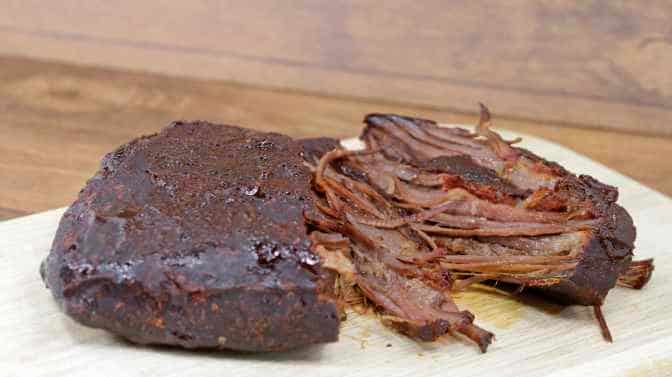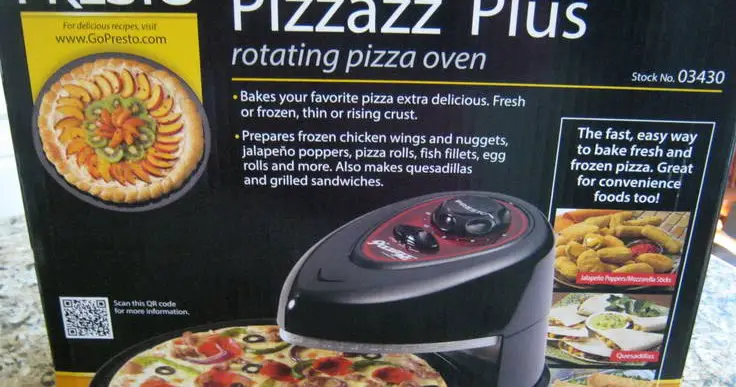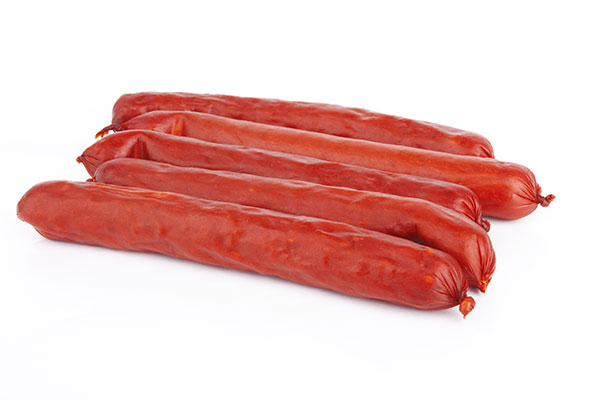Rotisserie cooking is a great way to prepare meat, giving it a unique flavor and texture that can’t be achieved through other methods. Beef brisket in particular is a perfect candidate for rotisserie cooking, offering up tender, juicy slices that will melt in your mouth. In this article, we’ll go over everything you need to know to cook beef brisket in the rotisserie perfectly every time.
But first, what exactly is a rotisserie? Essentially, it’s just a cooking technique that involves skewering meat on a spit rod and slowly rotating it over heat. This method allows the meat to cook evenly from all sides and baste itself in its own juices as it turns.
Preparing Your Brisket
Before you get started with the rotisserie cooking process, you’ll need to properly prepare your brisket. Here are some key steps to follow:
Choose the Right Cut of Brisket
When selecting your brisket, there are two main types to choose from: point cut or flat cut. The point cut has more fat marbling and is generally considered juicier and more flavorful, while the flat cut is leaner and easier to slice. Ultimately, the choice comes down to personal preference.
Trim the Excess Fat and Silver Skin
It’s important to trim down your brisket before cooking so that it cooks evenly and doesn’t become too greasy. Use a sharp knife to trim off any large pieces of fat or connective tissue on both sides of the meat.
Seasoning Your Brisket
To get maximum flavor out of your beef brisket when using a rotisserie grill, you need to use seasonings coupled with distinct rub blends or marinades.
The Rub
Making an excellent dry rub mixture requires skillful mixing of different ingredients like salt, paprika powder (smoked or sweet), onion powder garlic powder, cumin, chili powder, black pepper and brown sugar then store it in a sealable bag. To use the rub, apply the mixture generously on your trimmed brisket to help it stick, massage it into the meat so that no part is left untouched.
Marinades
The best marinades ingredients mix that will complement your dry rub are honey, apple cider vinegar, Worcestershire sauce and soy sauce. This marinade should be applied 3-4 hours before cooking.
Preparing Your Rotisserie
After seasoning your brisket suitably for an impressive taste and flavor then you need to prepare your rotisserie:
Assemble Your Rotisserie Correctly
First, ensure that all pieces of equipment required are in place like Spit prongs or forks to keep the meat if they have not been included with your rotisserie setup this might seem basic but any missing piece could derail the whole process leading to a cooking nightmare.
Heat Settings
To avoid completely ruining your meal while grilling beef brisket on a rotisserie ensure temperature setting within range depending on your grill model since high heat causes toughening of meat outside leaving parts raw inside while low heat causes uneven cooking. Typically between (225°F -250°F) produces desirable results;
Controlling Grill Temperatures using Vents
One common problem with grill settings is balancing heat especially when there’s wind or humidity which increases uncertainty over temperature settings. The solution is dampening down vents on grate level to regulate oxygen intake hence conditions internal environment leading to better regulation of temperature.
Greasing The Grates
Grease iron bars/grill grates before mounting the meat on them this helps keep foodfrom sticking throughout the preceding skewer rotation when fat has melted enough for even greasing hence locking in more flavoring.
Setting Up The Brisket On The Rotisserie
It’s time to mount the meat on the carefully assembled rotisserie
Secure it on to Spit Rod
Though it might seem obvious, not ensuring that your brisket is tightly secured with spit prongs/forks throughout will result in a disastrous outcome. Make sure that you adjust and tighten each piece based on the size of meat being cooked.
Trussing Your Brisket
Trussing involves tying your brisket in an even manner to ensure a streamlined cooking process for chicken or beef by smoothing out possible uneven parts for a uniform finish when the brisky eventually gets browned up When undertaking trussing, focus mainly on the thicker area where there’ll be more mass than others. Ensure that you secure it well somewhere in between without ripping through with sharp edges or running skewers around entire length before mounting them onto spit.
Cooking Time & Temperature
With everything in place, It’s now time for cooking- here are some key steps to follow:
Timing Considerations
Cooking a beef brisket takes considerable amount of time roughly 1 hour per pound which essentially implies a lot of patience to get tenderness right.
Monitoring and Adjusting Temperatures
While cooking, monitor your grill temperature regularly to make fluctuation adjustments if necessary – fluctuations are mostly experienced when adding wood chips or charcoal to increase flavor and smoke levels. Gentle flare ups don’t adversely affectcooking but huge fires may require repositioning turkey around grate level for safety reasons
Turning Intervals into account
Few turns implying application of marinades none exceeding two hours while ensuring consistency all sides become crispy crunchy moist evenly from any particular angle.
Testing For Doneness And Resting Period Before Serving
Before serving check if you have achieved desired texture through these methods:
Knife Test
Use a blunt utensil like knife fork over medium part of cut beef after cutting off extraneous bits then its successful if cut comes easily and has no over raw or burned zone
Resting Period Before Removing and Serving.
After removing your brisket from the rotisserie it’s advised to allow it sit for 20-30 mins with loosely wrapped foil this helps restore internal moisture hence increasing neat packed flavour functionality
Conclusion
Rotisserie cooking beef brisket is an artsy technique that needs prior preparation to get perfectly tender slices. Remember to season your meat well, select your type of cut with care and pay particular attention to the cooking temperature when using the right temperature range everything should fall in place you’re guaranteed a delicious meal every time!
Q&A
- Q: What are the essential steps to prepare beef brisket for the rotisserie? A: Before cooking beef brisket in the rotisserie, it is crucial to trim off any excess fat and season the meat with your favorite dry rub or marinade. For best results, let the seasoned beef brisket sit in the refrigerator overnight before cooking.
- Q: What is the ideal temperature to cook beef brisket on a rotisserie? A: The recommended temperature for cooking beef brisket on a rotisserie is between 225°F and 250°F. This low and slow cooking method ensures that the meat remains tender and juicy while retaining its flavor.
- Q: How long should I cook beef brisket in a rotisserie? A: Cooking time for beef brisket depends on its size and weight. As a general rule of thumb, plan on cooking one pound of brisket per hour at 225-250°F. For example, if your brisket weighs six pounds, expect it to take six hours to cook.
- Q: How do I know when my beef brisket is cooked through on the rotisserie? A: The best way to determine whether your beef brisket is fully cooked is by using an instant-read thermometer. Once the internal temperature reaches 200°F, your meat should be falling-apart tender and ready to enjoy!




